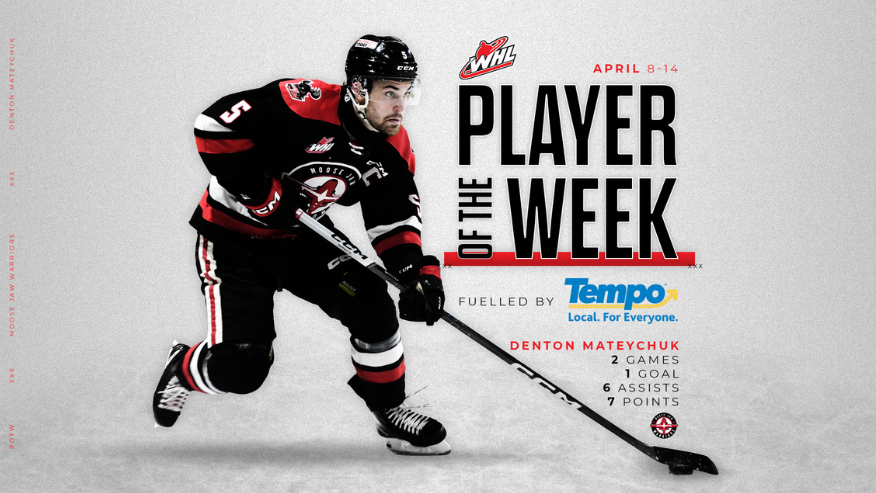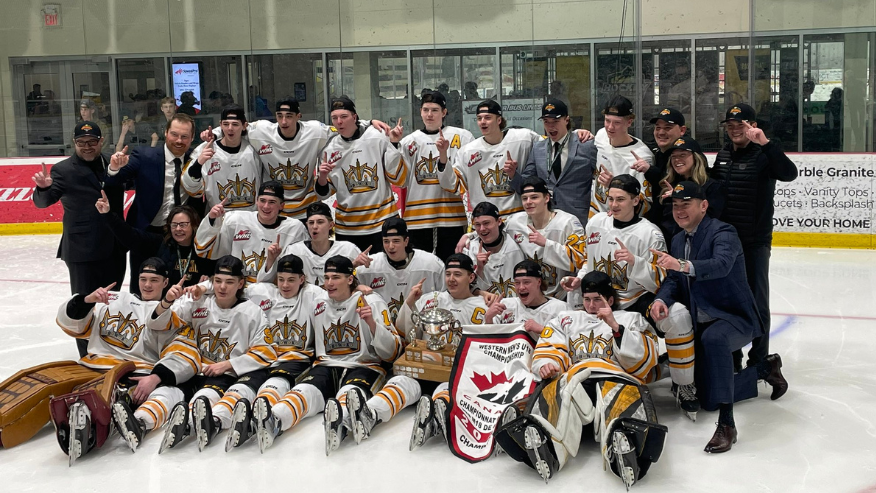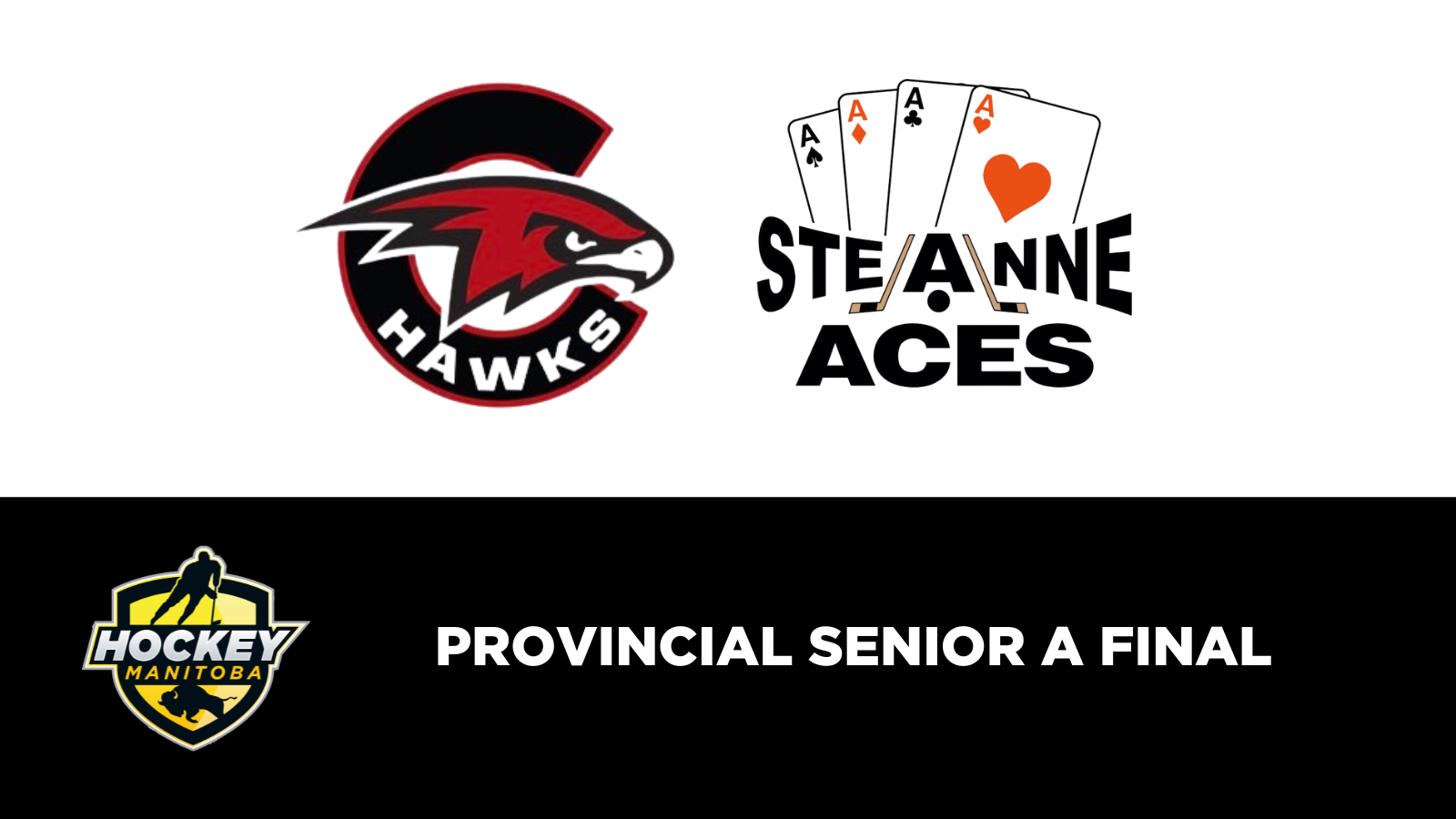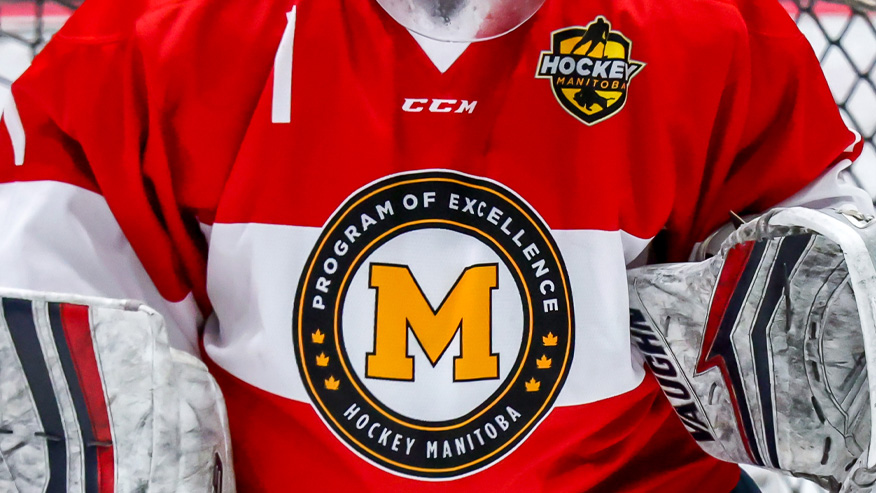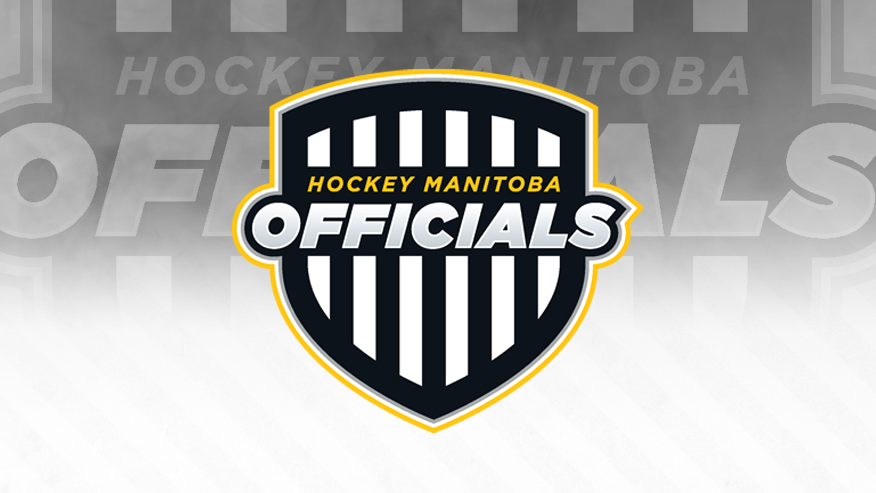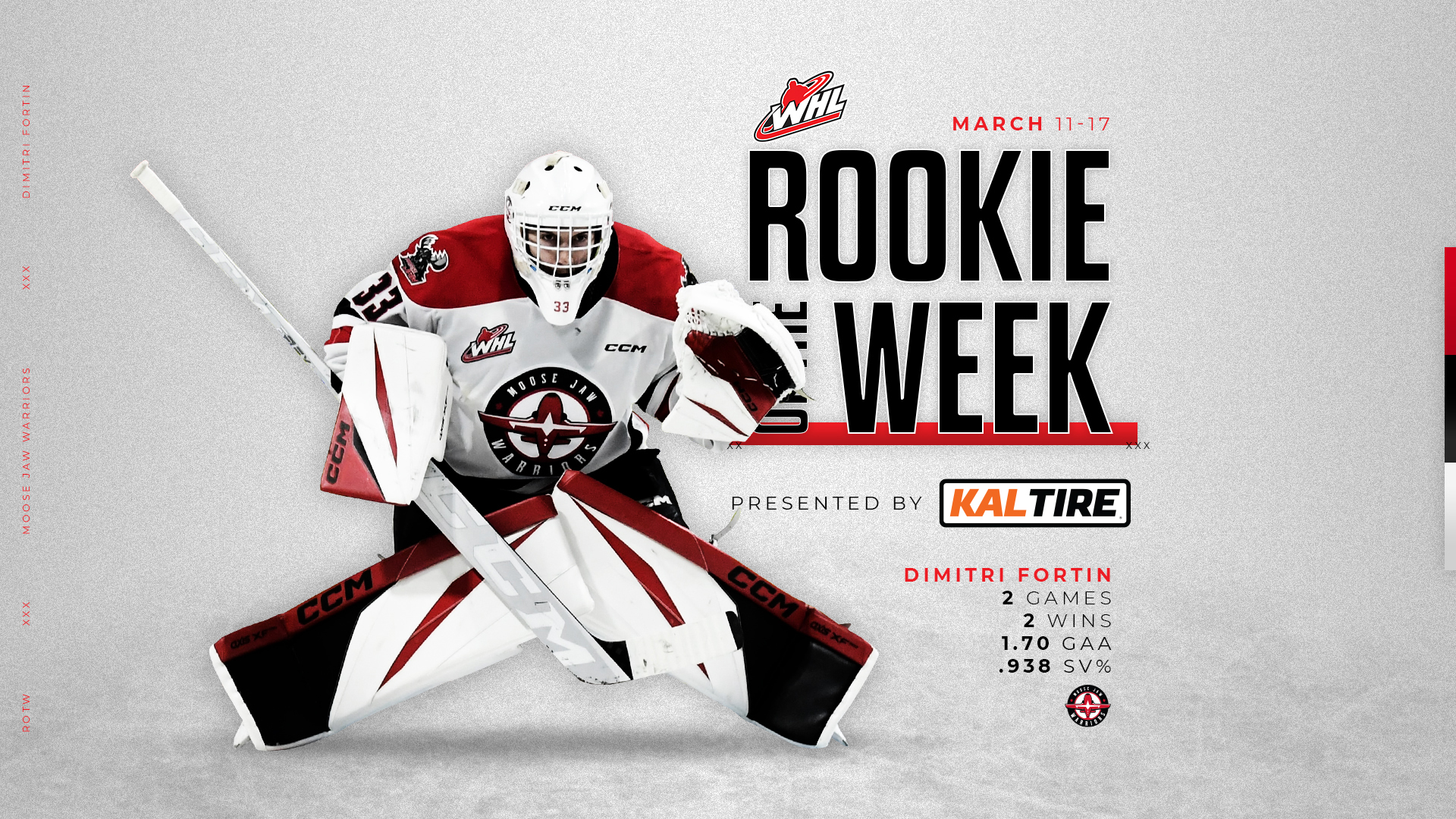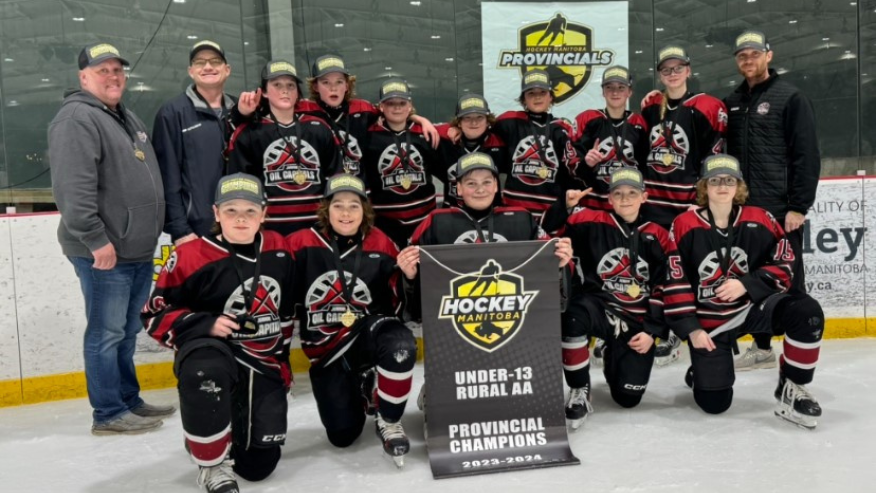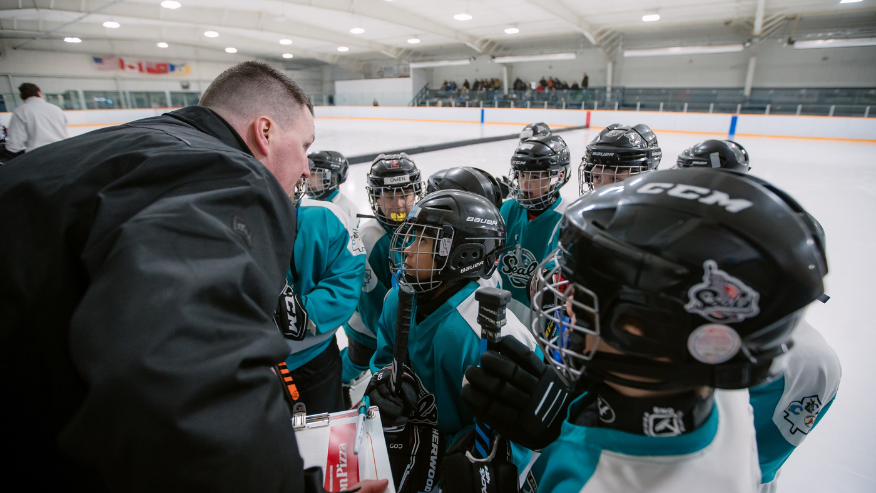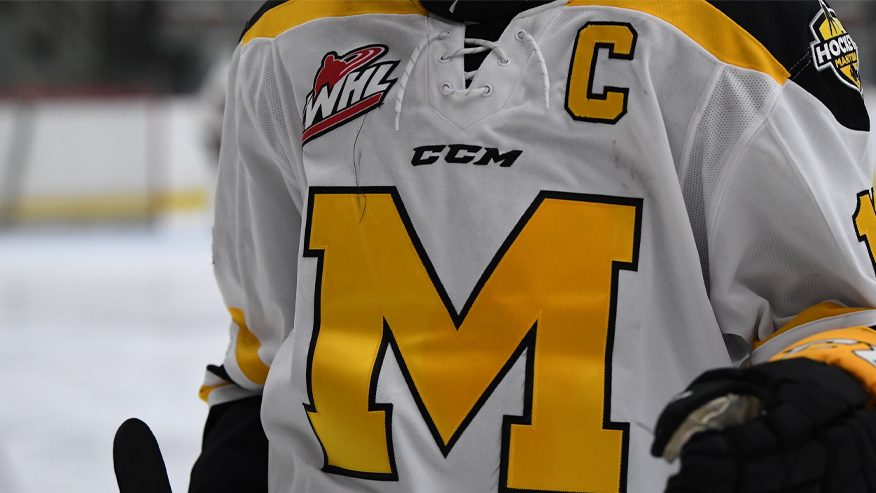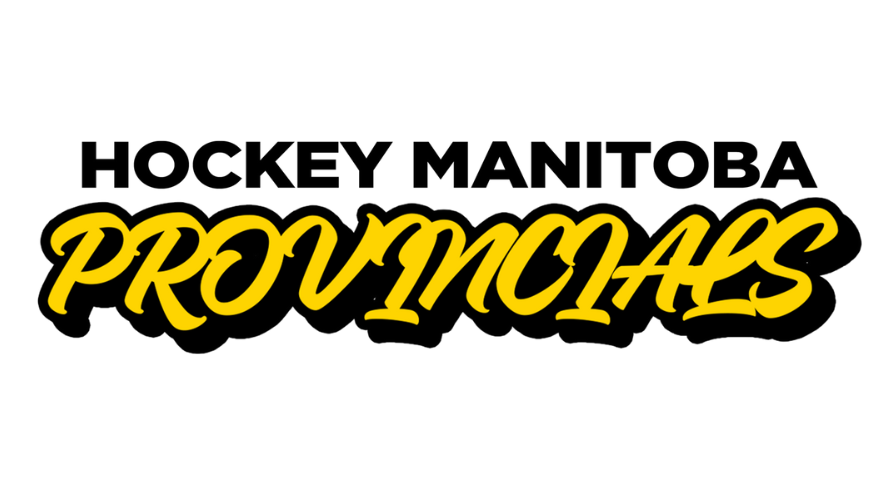HOW TO BUILD A MODEL MINOR HOCKEY ASSOCIATION
Story by Tanner Ziprick
John Luetkemeyer has been coaching in the Kirkwood Youth Hockey Association (KYHA) in St. Louis, Missouri since 2003 and has served as the Coaching Director of the association since 2007. He researched, designed, and implemented a “cross-ice” program for Kirkwood’s U6, the equivalent of Hockey Manitoba’s Initiation Program and U8 (Novice equivalent) players in 2006.
The cross-ice format modifies the ice surface by dividing the full rink into two, sometimes three, smaller playing areas to develop players’ skills and allow them to participate more in the play.
By 2009, the program had been adopted by 11 other St. Louis youth hockey clubs and eventually the entire state of Missouri began making the format mandatory. John led the full adoption of USA Hockey’s American Development Model in 2011, and in 2013 USA Hockey named Kirkwood one of the first Model Associations in the country.
“Back when we implemented the program in 2006, we had a winning percentage of about 35% and there were hardly any kids who were improving individually. So we knew something needed to change,” says Luetkemeyer. “But even if you are experiencing success and your team is winning games, I can assure you that things can still get a lot better.”
Luetkemeyer gives credit to a small group of KYHA members who brought the cross-ice format idea to him.
“I’ll be honest, the first time I heard about cross-ice hockey I said ‘That is the dumbest thing I have ever heard. How are they going to learn their positions? They’re not going to learn what off sides are. It’s stupid,’” he says. “But then they started to explain it to me a little more and I did some research. It wasn’t long until I realized all the benefits.”
Some of the benefits of the cross-ice format include players touching the puck more, including increased amount of passes and shots taken. Shrinking the ice surface also means the players have to make more decisions, speed up their reaction time, work harder to find open space, read increased pressure and establish offensive and defensive body position.
After Luetkemeyer came to the conclusion that his initial impression of the cross-ice format had been wrong, he got together with the group that introduced him to the idea and they created a proposal to present to the KYHA board. They proposed the Mite Development Program (MDP), named for the players that fall under the U6 and U8 age categories.
“We went to the board and basically told them ‘Our kids aren’t having any fun and we need to bring the fun back into the game,’” he says. “We proposed to have intramural cross-ice games because we knew we couldn’t get any other associations to buy-in to the idea this early in the process. So we kept it in-house and combined our 6U players and our most remedial 8U kids to have enough players to form an in-house league.”
Along with making it a cross-ice intramural league, the MDP also proposed practices be station-based, putting total focus on players’ individual skills, and this coaching be standardized.
“Station-based practices are set up in 5 or 6 stations, and players rotate through each station in groups of similar abilities. They’re usually run over a 50-60 minute practice slot, which means about 8-10 minutes per station,” he explains. “And standardized coaching ensures that station-based practices are focused entirely on skill development. Everyone knows exactly what they’re supposed to be teaching in their stations and it standardizes the experience for everyone.”
The board approved the MDP proposal brought forward by John and his group, assembling a coaching committee to design standardized coaching plans. The next step was the really hard part. John and his group had to educate Kirkwood’s members at a “town hall meeting”.
“We had to explain to our members ‘We care about your children’s development, and this is what’s best for them,’” he says. “We didn’t have a 100% buy-in right off the bat; there was a vocal minority who was ingrained in the old way of doing things. Truthfully, I don’t think any club ever will have all of its members buy into this concept initially, but most members do buy-in. Most people are just waiting for someone to show them a better way; they’re waiting for someone to stand up for them. ”
The intramural league was comprised of six teams in its inaugural season and to signal a fresh start, the teams were stripped of their former traveling team jerseys and were given brand new uniforms, each with the colours and pattern of an Original Six NHL team.
“We really wanted to make this the coolest thing that could ever possibly happen to a 6-8 year-old kid.” Says Luetkemeyer.
The kids were presented their jersey at a season-opening “draft party” where the kids would be introduced to their new teammates and coaches.
“We set up a stage and the coach would come up and talk about the kid he was “drafting” to be on his team, and the kids got really fired up about it.” Says Luetkemeyer.
Skill testing was also introduced in the first year of the MDP in order to re-educate the parents on which skills the coaching staff were focusing on to further develop the players. The players received an assessment from the coaches early in the year and then again later in the year after the second set of skill testing.
“The skill testing showed where the kid falls within the group. It shows the high score of the group, the low score, the average, and the median. At the end of the year we showed the parents the post season results and they saw some big changes in the number,” says Luekemeyer. “We were hoping that the numbers would be dramatic, and they really were. The kids that were at the low end at the beginning of the year were showing some incredible end results.”
Not only were the coaches assessing the players but the parents had the option of doing it too.
“We gave the parents a criteria scorecard,” says Luetkemeyer. “When they were watching the practices, they could really see how their kid was doing by looking at the criteria and giving them a passing or failing grade on the skills we were teaching.”
Since implementing the MDP in 2006, Kirkwood has made more and more changes to the traditional way they played hockey before. They now have a 3-on-3 summer league, supplemental in-season goalies clinics, professional skills instructors, and weekly dryland training. These are just a few things that have transformed the Kirkwood Youth Hockey Association into an ideal hockey community.
John says there are three key actions to take for anyone who is looking to turn their association into any ideal hockey community.
“Lead passionately, communicate frequently, and adjust regularly.”
Share

